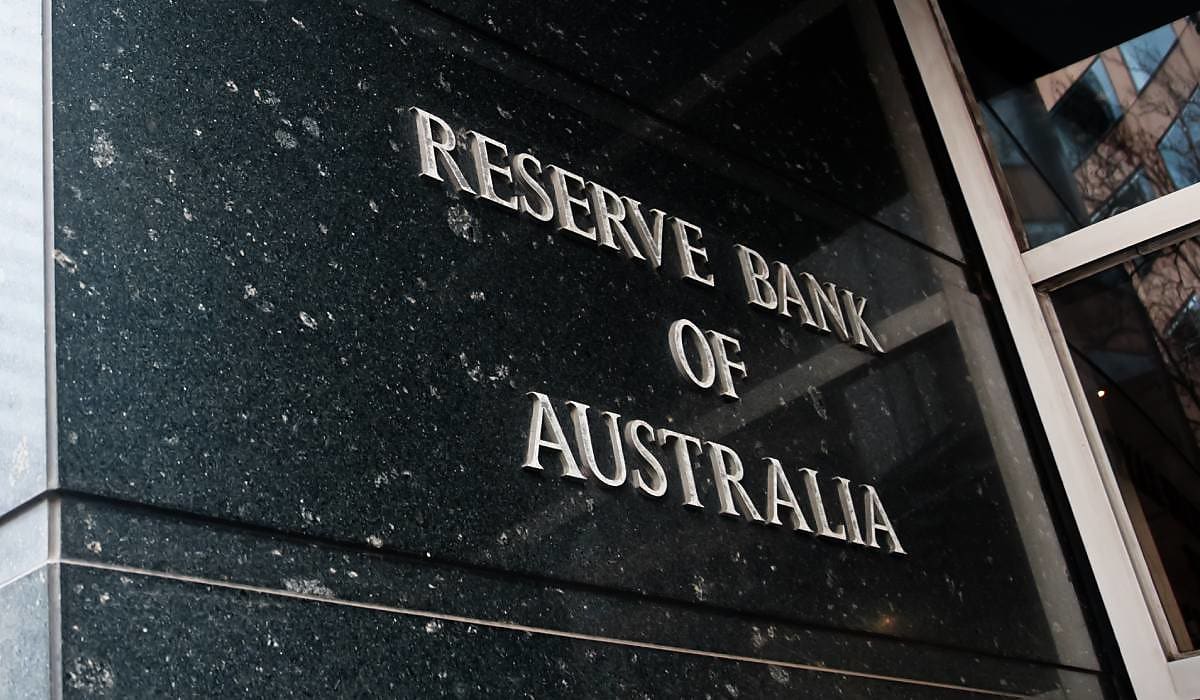RBA delivers April cash rate: What it means for investors
After weeks of speculation, the Reserve Bank of Australia has delivered its second cash rate decision in 2025.

The Reserve Bank of Australia (RBA) has chosen to hold Australia’s cash rate at 4.10 per cent, after a meeting of the board’s governors this week.
This result has come as unsurprising to many given the board’s February decision to cut interest rates did not “commit them to further reductions in the cash rate target at subsequent meetings”.
The move was also widely expected by forecasts and economists nationwide, with Australia’s big four banks – ANZ, Commonwealth Bank, NAB and Westpac – all predicting that the RBA would hold the cash rate at 4.10 per cent.
LJ Hooker Group’s head of research, Mathew Tiller, said that employment numbers and the overall strength of the economy had given the RBA “little reason” to provide mortgage holders with additional relief after the cash rate cut in February.
While Tiller acknowledged that conservative reductions would help to reduce cost-of-living pressures, he noted that the RBA would likely reserve future cuts for later on in the year.
“The RBA will want to keep something in reserve given the uncertainty around the global economic outlook driven by trade tensions and ongoing geopolitical conflicts,” Tiller explained.
“There’s still some price pressure in specific services with underlying inflation remaining slightly sticky, so this way, there is an ability to reduce rates should economic conditions worsen,” he added.
CEO of Laing+Simmons and president of the Real Estate Institute of Australia (REIA), Leanne Pilkington, highlighted that recent changes in Australia’s economy are paving the way for a possible cut later on in the year.
“As well as sustained cost-of-living pressure and moderating inflation, the unexpected hit to employment figures has widened the window of opportunity for the RBA to cut rates, which it is expected to do in coming months anyway,” Pilkington said.
Founder and CEO of Metropole Property Strategists, Michael Yardney, shared his viewpoint that the RBA’s decision was motivated by a desire to “assess the lagging impact of previous rate changes on the economy”.
“The bank will be keen to observe how the recent rate drop filters through various sectors, including housing, retail and manufacturing, before making further adjustments,” Yardney said.
REA Group senior economist, Eleanor Creagh, said that inflation is moderating, with recent easing in both headline and underlying reflecting the “significant progress in bringing inflation back under control”.
Nevertheless, Creagh noted that the RBA had opted to take a conservative approach with its latest cash rate call.
“The decision reflects the RBA’s cautious and data-dependent approach, opting to pause as it monitors inflation and labour market trends before any further policy moves,” Creagh said.
“The market is now looking to the RBA’s May meeting and the March quarter inflation print as the next key trigger for potential cuts,” she added.
Although Creagh acknowledged that affordability in the housing market “remains stretched”, she said that the last interest rate cut has improved conditions for buyers and sellers alike.
“Housing market conditions have firmed since February’s rate cut. Buyer sentiment has improved, borrowing capacities have increased, and price growth has resumed,” she said.
While this moderate price growth is expected to continue, Creagh cautioned that the current growth cycle is “likely to be more muted compared to the rapid upswings in home prices seen in earlier interest rate easing periods”.
